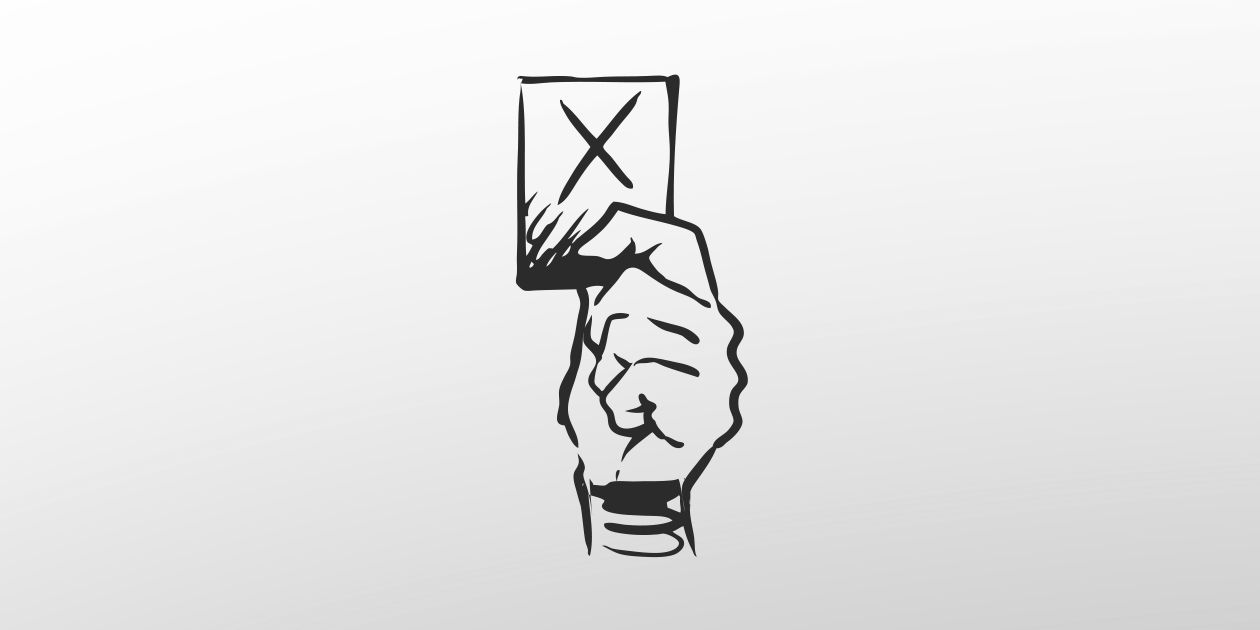A new report from Statistics Canada, Who is reaching out for help? Examining access to mental health and substance use health supports among girls and young women in Canada, suggests that while the reverse is true for substance use disorders, girls and young woman experience poorer mental health than boys and young men.
A sample of 1,254 girls and young women between ages 15 and 29 revealed that 38.5 per cent met the criteria for one or more mental health and substance use (MHSU) disorders in 2022. Of these, 54.6 per cent accessed formal health supports.
The report finds that the lesbian, gay and bisexual (LGB) population experiences greater barriers to mental health care but adds that LGB Canadians are more likely to use mental health services than heterosexual individuals. Over six in 10 LGB girls and women, 63.8 per cent met the criteria for a MHSU disorder compared to just 32.1 per cent of heterosexual girls and women in the same age group.
Among those who did access formal health services overall, 63.2 per cent said they saw a family doctor or general practitioner, 41.1 per cent saw a social worker or counsellor, 33.4 per cent consulted a psychologist, 26.8 per cent saw a psychiatrist and 13.2 per cent consulted a nurse about their disorder. More, they say 49.2 per cent received counselling or therapy, 34.9 per cent received information and 30.7 per cent received medication.
Reasons for not accessing information
Top reasons for not accessing information included not knowing where to seek it – reported by 46.3 per cent of respondents, followed by being too busy (33.9 per cent of respondents), service affordability (reported by 31.6 per cent of respondents) and 29.4 per cent who said they would prefer to self-manage their condition. A notable 20.2 per cent indicated that they did not access information because their insurance would not cover it. “Although access to information is generally free, this finding may be an indication of low mental health literacy among this population,” they write.
The most common reasons for not accessing counselling, meanwhile, included a preference to self-manage, reported by 39.2 per cent of respondents, therapy being unaffordable according to 37.2 per cent of respondents, unawareness of where to get help, reported 36.2 per cent of the time, and being too busy to seek help being reported 33.9 per cent of the time. Insurers not covering the cost of therapy was again cited as a barrier by 20.2 per cent of respondents.






